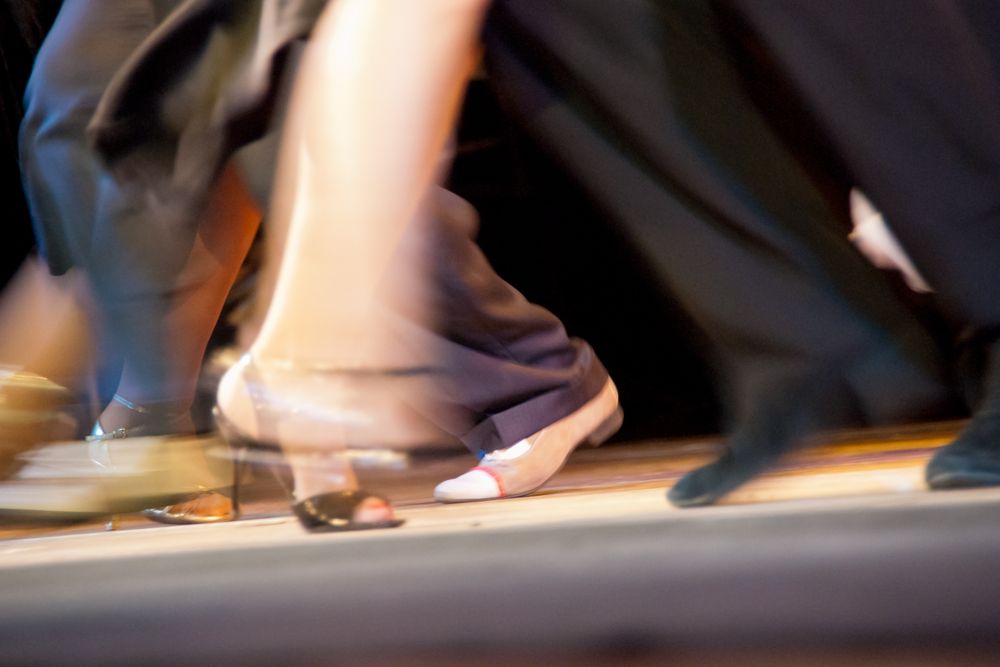Article
For Patients With Parkinson: It Takes Two to Tango
Author(s):
Tango may be not only a vibrant dance of passion but also a therapeutic one. Symptoms and socialization may be improved.

Tango may be not only a vibrant dance of passion but also a therapeutic one for patients with Parkinson disease (PD), a research group at the Washington University School of Medicine in St Louis has found.
Dr Gammon Earhart, a Professor of Physical Therapy at the school, thinks this is because “many of the movements of the dance are movements that people with Parkinson disease have problems with.” Apparently this could be because tango is based on a walking pattern as well as specific turning motions. Practicing these motions seems to halt and improve PD motor problems and also may have cognitive benefits.
Dr Earhart and a colleague published a recent study that examines the 2-year effects of an Argentine tango class on motor symptoms in patients with PD.1 This pilot study, a follow-up to a larger scale 1-year study,2 is one of the longest-duration investigations to study exercise effects on PD.
In the 12-month study, 62 participants were randomly assigned to twice weekly, community-based Argentine tango class or a control group that underwent no intervention. PD motor effects were assessed when patients were not receiving their medication.
Overall, the group that danced tango improved. The control group showed little change on most measurements, which included 3 scales of the Movement Disorders Society-Unified Parkinson Disease Rating Scale and other standard tests.
Dr Earhart remarked, “Motor symptoms were ameliorated quite a bit. We may actually be modifying the trajectory of the motor decline.”
The 2-year follow-up pilot study included 5 tango participants and 5 controls. Tango dancing in patients with PD was associated with improvements in motor symptoms, activities of daily living, and balance. Decline in some of these measurements occurred in the control group.
The research group has done several other studies comparing various types of dance, such as fox trot and modern dance, but tango seems to provide the greatest therapeutic boost to patients with PD.
Of note, the dance class could have other effects in addition to improving movement, including providing socialization. Dr Earhart mentioned that many participants found that the dance class provided a forum for interacting with their partners at the same level, in contrast to having a traditional caregiver-patient relationship.
Dr Earhart plans to further examine the effects of tango using brain imaging in a large-scale trial.
When asked if she’d recommended tango specifically to patients with PD, Dr Earhart replied, “The real key is being as active as possible and maintaining that over time and ideally having more than one activity.”
Take-aways:
• Tango dancing appears to improve PD symptoms.
• Tango may have benefits resulting from incorporating movements specifically impaired in PD.
• Dance also can provide social and caregiver benefits.
References:
1. Duncan RP, Earhart GM. Are the effects of community-based dance on Parkinson disease severity, balance, and functional mobility reduced with time?: a 2-year prospective pilot study. J Altern Complement Med. 2014 Sep 5. [Epub ahead of print]
2. Duncan RP, Earhart GM. Randomized controlled trial of community-based dancing to modify disease progression in Parkinson disease. Neurorehabil Neural Repair.2012;26:132-143.





